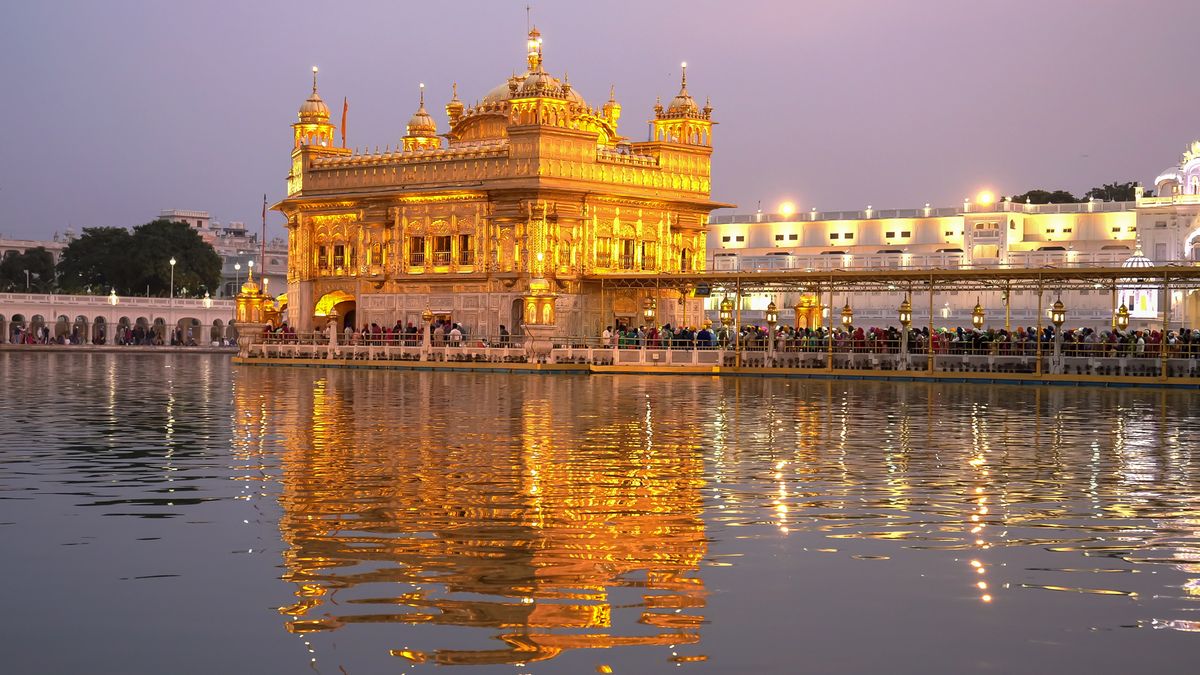See all Churches in Krakow
Travelers also viewed these places similar to St Catherine and St Margaret's Church
If you have been to St Catherine and St Margaret's Church, share your experience
Review this placePlaces to visit nearby
- Wawel Royal Castle (0.6 km)
- Galicia Jewish Museum (0.6 km)
- Żydowskie Muzeum Galicja (0.6 km)
Things to do nearby
- Planty (1.1 km)
- KrakowKetts Recumbent Bicyle Rental (0.5 km)
- Magic Stone at Wawel Hill (0.7 km)
Places to eat nearby
- Indian Restaurant Bombaj Tandoori (0.6 km)
- Restaurant Corleone (0.9 km)
- Genji Sushi Premium (0.4 km)
Places to shop nearby
- Mix Electronics (0.5 km)
- Style of Jeans (0.3 km)
- Eminence Beauty (0.6 km)





